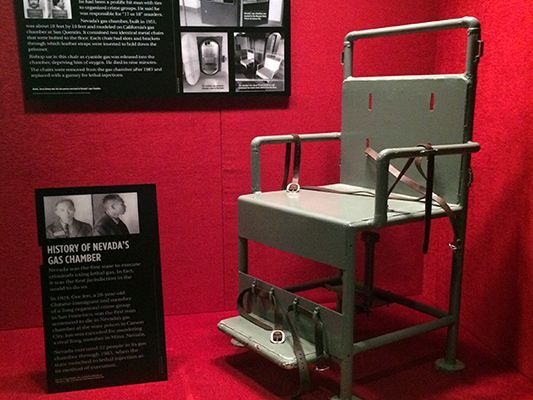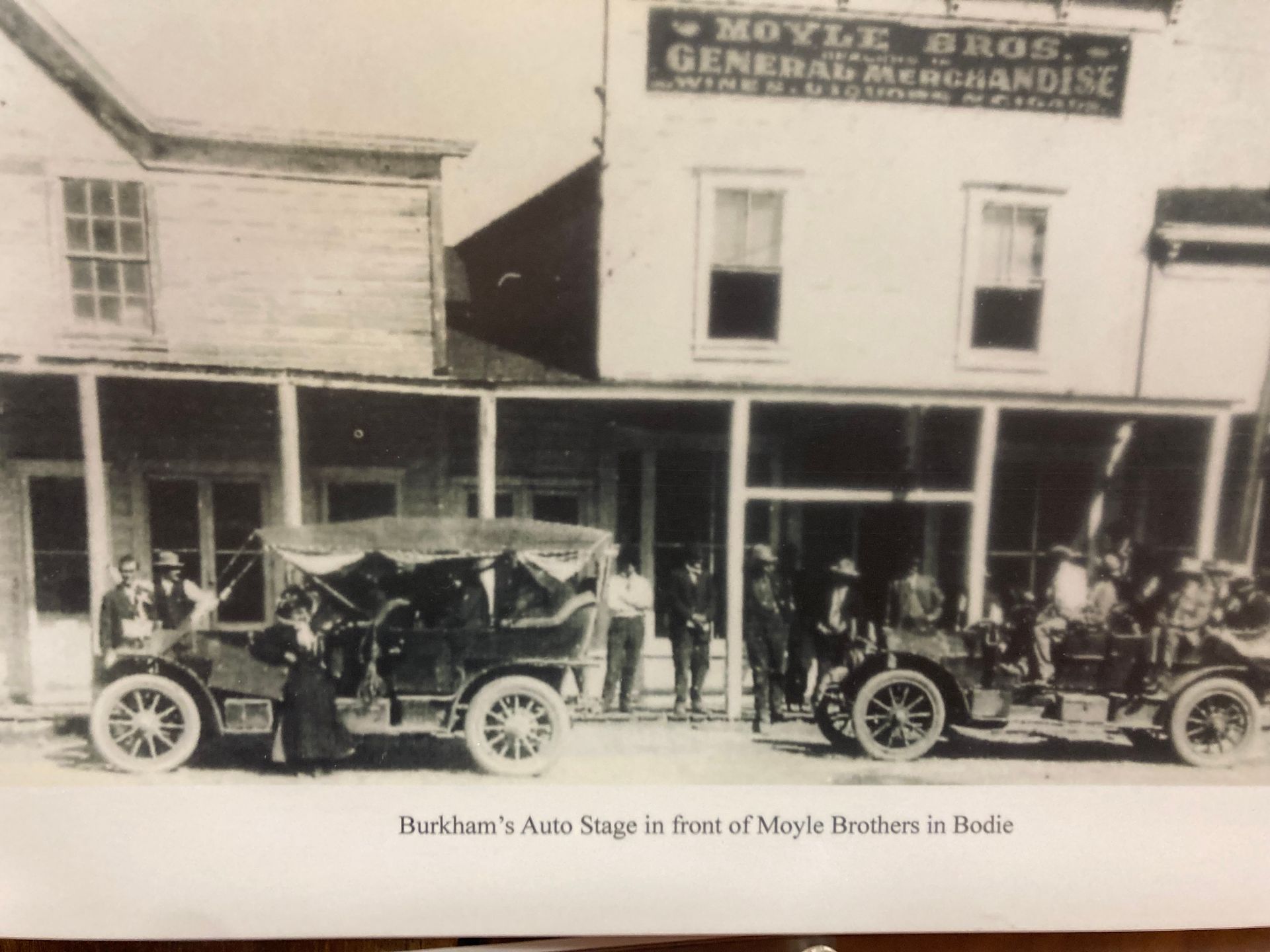Museum Policies
Mineral County Museum And Collection Policies
Mission Statement: The Mineral County Museum was established to:
1. Discover, procure and preserve whatever may relate to the natural, civil, political, cultural or literary history of , firstly, Mineral County Nevada and secondly, the state of Nevada and establish and maintain collections and displays for such artifacts:
2. Promote public interest in the history and cultural heritage of Mineral County and the state of Nevada and enlist public support in participation in the collection and preservation of artifacts are related thereto:
3. Acquire, hold, use and operate equipment and /or facilities incidental to the operation and maintenance of a public museum and to do any and all other acts as by the code of Mineral County and laws of the state of Nevada are made and provided for.
It is the purpose of the museum to provide services free of charge to all individuals and groups: to be a source of information and enrichment to the community and be aware of opportunities for better service to the county and the public.
Collection Donation Policy-
1. Must be approved by Museum staff 1st.
2. Must be artifacts that are directly related to Hawthorne or locations in Mineral County.
3. We DO NOT take personal photos. (Unless directly related to Hawthorne or Mineral County).
4. Must be put on display not in storage, unless related to a rotating display.
5. We do not pick up donations they must be delivered to the museum
Deaccession Policy: 1.
Deaccessioning and disposal of collections, by sale, exchange, or other means require particularly rigorous examination and should be pursued with great prudence. There are circumstances in which the deaccessioning of collections is justified; however, such deaccessioning must be governed by the museum’s written policy rather than by exigencies of the moment. The museum’s policy must conform to the requirements of Mineral County policy on deaccessioning and disposal. No collection item may be considered for deaccessioning without the recommendation of the director to the board of county commissioners with whom the final decision must rest. The work is no longer consistent with the mission or collecting goals of the museum. The board of trustees or governing body of the museum must exercise great care in revising a museum’s mission or reformulating collecting goals.
Loans
We do accept loans:
1. A time limit should be established.
2. We are not responsible for condition of artifact once returned.
We do loan only:
1. With Directors approval.
2. Must fill out a loan form.
Ethical Behavior
1. No employee or volunteer can be put on any agenda to discuss Mineral County Museum business unless directed by the Museum Department head.
2 The Museum Staff will not actively pursue archeological dig site or ghost town and bring artifacts into the Museum.
2. Mineral County Museum will not accept any Human Remains (Including ashes)
Funds and fundraising activities:
All sales from gift shop are to go to the general fund.
Fundraising activities are limited to:
Raising funds for a direct purchase of a planned item. (such as a display case, not to be used for any operating expenses including supplies)
Volunteers:
1. Are to be supervised by Museum Staff. (Are not to be alone for a significantly large amounts of time)
2. Are not to restore projects. (must be trained professionally first)
Preservation:
1. Try to keep the temperature as close to 68 degrees as affordable. Like 72 in the summer and 60 in the winter.
2. Keep the doors shut as much as possible.
3. Keep lights off when not open or in use.
4. Avoid keeping artifacts in the backroom. If no choice cover them and keep it dark as much as possible
5. Dust and vacuum often.
Inventory:
Will be done by Director continually
Mineral County High School


